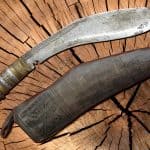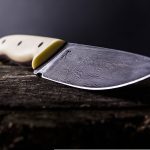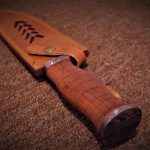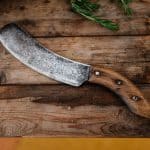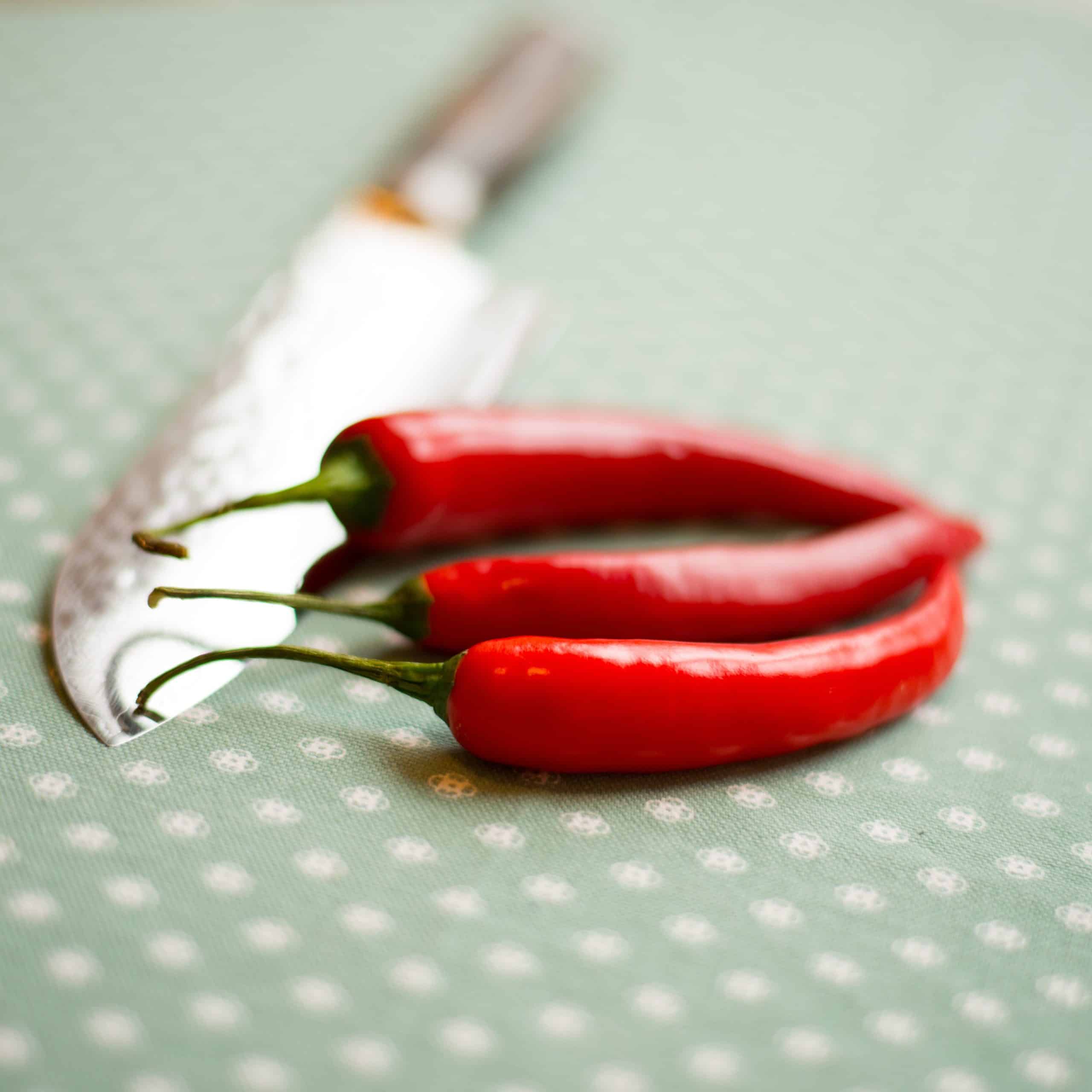
Introduction
Honing and sharpening are two techniques used to obtain a keen edge on the cutting surfaces of tools and knives. While both processes consist of grinding down the surface of the tool or knife, there are several key differences between honing and sharpening that must be understood in order to determine which technique should be applied in any particular situation.
Historically, sharpening was used primarily for knives and other edged tools. A variety sharpening equipment — including stones, files, grinders, and whetstones — were employed to reduce metal away from the edge of a blade until it was as sharply pointed as possible. However, sharpening techniques also continued to evolve over time.
Modern honing has evolved from these historic techniques by using finer abrasives at higher speeds in order to smooth out irregularities on a cutting surface without removing any metal from it. This is especially useful for keeping an already sharp edge maintained without making the object too brittle or fragile. Whereas a knife may need to be sharpened relatively frequently depending on its usage, regularly honed edges can last for much longer without dulling significantly over time.
There is also a misconception that honing removes metal particles from blades while sharpening merely straightens them out; in fact, both processes involve grinding down the material on some level. Additionally, many people think that honing only works on existing blades while sharpening is required on brand new ones; however, honing can often provide superior results even when working with freshly forged blades depending on their condition right off the forge.
Definition of Honing and Sharpening
Honing and sharpening are two processes used to improve the surface quality and/or edge geometry of a cutting implement. Honing is a process that removes small amounts of material from a surface in order to create a smooth, uniform finish on the blade. This technique is found in the manufacturing of axes and swords, as well as some kitchen knives. Because honing gently removes tiny bits of material from an item’s surface without removing too much metal, it helps maintain the shape of the cutting edge for longer periods of time than other sharpening techniques.
Sharpening, on the other hand, is used to restore worn or damaged edges by grinding away material at angles or angles to create a sharper edge. Sharpening requires more material removal than honing, so it tends to wear cutting edges out faster if not done correctly; however, sharpening can also restore dull blades back to their original form in less time than honing. Sharpening systems range from pocket sharpeners and stones up to powered systems such as bench grinders.
Purpose of Honing and Sharpening
Honing and sharpening are two processes for improving the performance of a cutting object such as a knife, axe or another tool. While both have the same general purpose of making an object more effective for its intended purpose, their purposes in practice differ.
The purpose of honing is to realign and straighten cutting blades that have become misaligned from use. The honing process focuses on removing burrs from the blade’s edges so that the blade appears perfectly straight even when viewed under magnification. This process also improves cutting quality by ensuring smooth contact between the edge and material being cut, resulting in less vibration while cutting, improved efficiency and a cleaner cut.
Sharpening is the process of restoring dulled or damaged blades back to their original factory sharpness. Most often used in knives or scissors, this process involves refining the edge with stones, abrasives, chemicals or other equipment until it is ready to perform again. The benefit of sharpening is increased sharpness to help ensure effortless slicing action and improved durability over time with less wear and tear on your blades when in use.
Overall, honing and sharpening are both important tasks that should be performed regularly to keep up with any tools’ maintenance needs. By honing and sharpening your objects regularly they will last longer while still providing consistent performance over an extended period of time.
Process of Honing and Sharpening
Honing and sharpening are two processes used in the upkeep of edges on flat or any other surfaces. The difference between honing and sharpening is the consistency of abrasive action required during the process (such as sandpaper, stones, or pastes).
The process of honing involves utilizing a lot of fine grains with not so much pressure to gradually refine an edge or surface. It is much more gradual compared to sharpening, which uses finer abrasives with significantly more pressure to produce a razor-sharp edge quickly.
For honing, you can use coarse polishing compounds like wet-dry abrasive papers with grit sizes ranging from 240 to 4000; these compounds create a smooth surface. Honing is best done before setting an angle and in situations where you don’t feel like too much angles needs to be set for edge retention purposes.
Sharpening on the other hand requires finer abrasives such as Arkansas stones, diamond powder coated whetstones and ceramic rods; these materials allow for sharper edges but require significant amounts of pressure to power through the material being worked on. You may also want to use a leather strop afterwards, loaded up with green chromium oxide paste in order to get that extra fine edge finish.
The tools you would normally need for honing and sharpening include: Abrasive papers (240 – 4000 grit), Arkansas stones, diamond powder coated whetstones, leather strops loaded up with green chromium oxide paste ceramic rod as well as lapping compound for extra shine
Popular Honing and Sharpening Tools
Honing and sharpening are two important methods of maintaining the quality and performance of your tools.
Honing is a process of smoothing out an edge that has become dull over time. It smooths the surface and refines the angle along the cutting edge, creating a sharper edge without removing large amounts of material from the blade’s surface. Common honing tools include oil stones, ceramic stones, natural stones, waterstones and diamond-coated plates or blocks. All these tools require lubrication such as petroleum or mineral oil and are used to sharpen blades by smoothing them out instead of grinding away at them.
Sharpening is the process of restoring a damaged or dulled blade or tool to its original condition by grinding or abrasion. Sharpening requires removing metal from the blade’s surface in order to create a new, sharp cutting edge on the blade, knife or tool. Common sharpening tools include electric and manual sharpeners, as well as honing steel, grinders and whetstones like Arkansas stones and Japan stones. Whetstones require water or oil as a lubricant while using them to sharpen blades so they stay cooler than when using an electric sharpener.
Common Mistakes and How To Avoid Them
Honing and sharpening are two similar but very different processes when it comes to maintaining edged tools. Honing involves using a honing stone or honing rod to create a smooth surface on an edge or blade, while sharpening uses either stones, rods, or grinders to actually remove a small amount of metal from the tool’s edge in order to make it sharper. While many people use the terms interchangeably, this often causes mistakes which lead to additional damage.
To avoid making common mistakes when honing and sharpening, it is important to start by selecting the right type of equipment for the job. For example, if you need to sharpen a knife with a V-shaped edge on one side only, then you should use a specialized grinding wheel instead of trying to sharpen it with a flat stone. Additionally, before starting the process it is beneficial to understand exactly what type of edge each tool needs as improper sharpening can further damage blades and other cutting tools.
When honing and sharpening tools at home be sure that both your work area and your hands are dry while wearing protective gear such as gloves and goggles too. When using manual grinders and stones always move the tool away from your body in one direction unless instructed otherwise by an expert. Lastly ensure that your tool remains cool throughout the process by taking small breaks during longer sessions or cooling agent when dealing with high-speed grinders.
By understanding how honing and sharpening works, being aware of any potential risks associated with certain materials and equipment used when performing these tasks as well as knowing exactly what type of results you need for specific tools; you should be able to successfully maintain edged instruments in your home workshop safely with great results every time!
Conclusion
Honing and sharpening are two technique for keeping knives in optimum condition. While sharpening is the process of grinding down a blade to expose a new edge, honing uses a honing steel to realign the fine edges on an already sharpened knife. Both processes can be repeated regularly to keep blades in top shape and ensure that they operate as intended. The key difference between them is the amount of material removed; while honing hardly removes any material, sharpening grinds away a significant portion of the blade’s surface. Ultimately, both processes are important for a blade to retain its factory-level performance.








